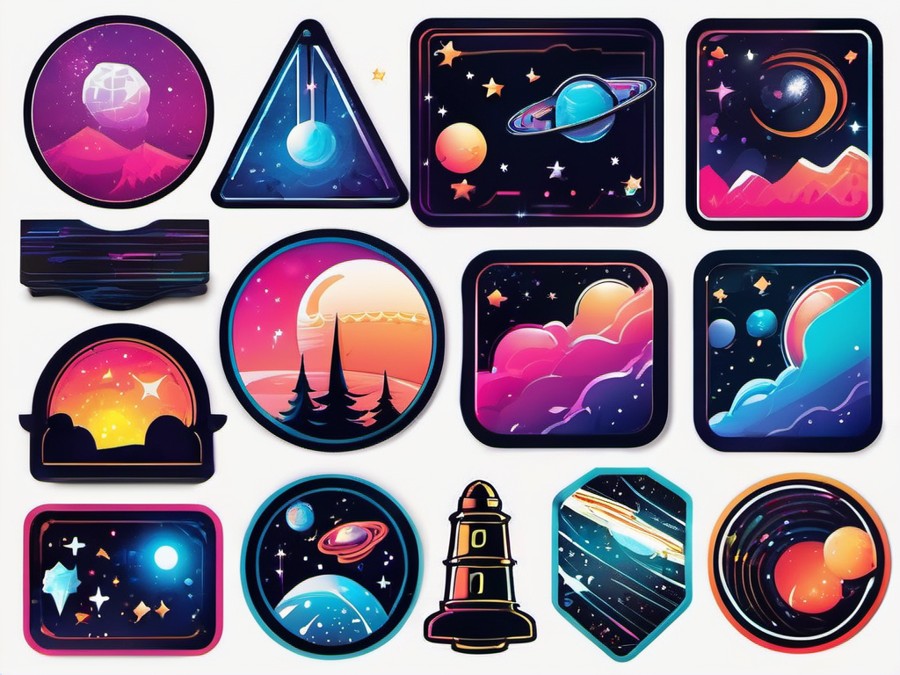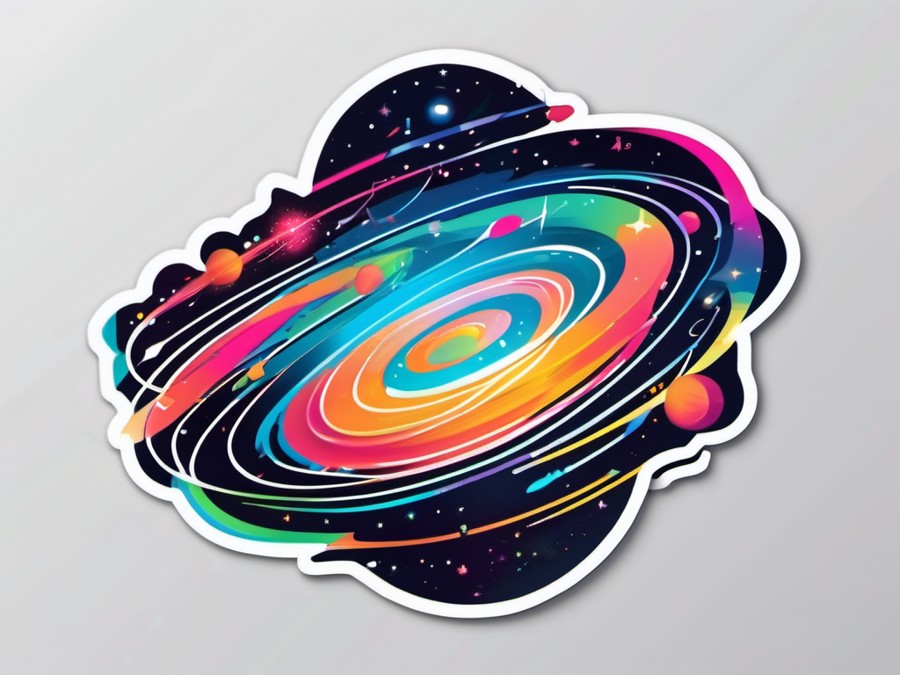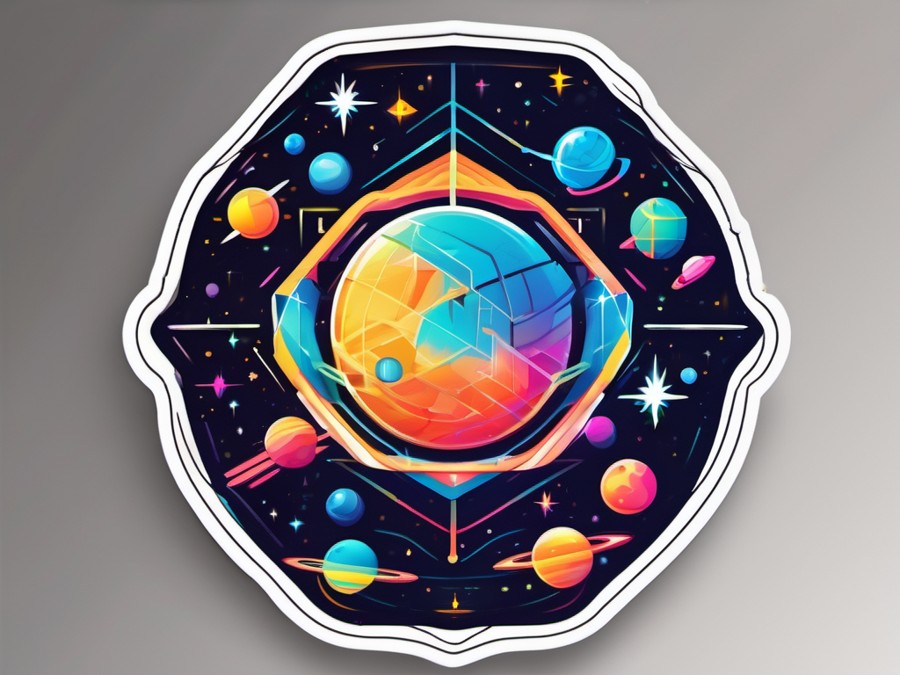· Charlotte Will · Marine GPS Chartplotters · 8 min read
What is NMEA 2000 and How Does It Relate to Marine GPS Chartplotters?
Learn about NMEA 2000, its connection to marine GPS chartplotters, and how it can enhance your boating experience. Discover the benefits of data integration, troubleshooting tips, and why NMEA 2000 is crucial for modern marine navigation.

If you’re new to the world of marine electronics, you might be wondering what all these acronyms and technical terms mean. NMEA 2000 is one of those terms that often comes up, especially when discussing marine GPS chartplotters. But what is it exactly, and how does it relate to these essential navigation tools? Let’s dive in and explore everything you need to know about NMEA 2000 and its connection to marine GPS chartplotters.
Unraveling the Mystery of NMEA 2000
What is NMEA 2000?
NMEA stands for National Marine Electronics Association. NMEA 2000 is a standardized protocol that allows different marine electronics to communicate with each other. It’s essentially the language they use to share data, ensuring that all your devices are on the same page. Whether you’re looking at your depth finder, speedometer, or GPS chartplotter, NMEA 2000 makes sure the information is consistent and up-to-date.
How Does NMEA 2000 Work?
Think of NMEA 2000 as a sophisticated messaging system for your boat’s electronics. Each device connects to a common data network, typically through a backbone cable with drop connections at various points. When one device collects data (like depth or speed), it sends out a message to the network. All other connected devices receive this message and can use or display that data as needed.
Key Components of NMEA 2000
For the system to work, you need a few key components:
- Devices: These are the sensors and instruments that collect data, such as GPS receivers, depth finders, and wind meters.
- Backbone: This is the main cable that all devices connect to, allowing data to flow throughout the network.
- Terminator: This is a resistor that goes on the ends of the backbone to ensure signal integrity and prevent reflections.
Why is NMEA 2000 Important?
Having all your marine electronics speaking the same language offers several advantages:
- Integrated Data: All your instruments can share data, providing a more comprehensive view of your surroundings and performance.
- Ease of Use: A single network means you don’t need to manage multiple systems, making your setup more straightforward and less cluttered.
- Scalability: Adding or replacing devices is easy, as they can quickly integrate into the existing network without much hassle.
The Role of Marine GPS Chartplotters
What is a Marine GPS Chartplotter?
A marine GPS chartplotter is essentially the brain of your boat’s navigation system. It uses GPS data to determine your location and displays this on a digital chart, helping you navigate safely. Unlike traditional maps, these charts can show depth contours, hazards, and even points of interest.
How Does a Marine GPS Chartplotter Work?
GPS, or Global Positioning System, uses satellites to pinpoint your location. The chartplotter then overlays this data on digital maps, showing you exactly where you are in relation to landmarks, buoys, and other important features.
Benefits of Using a Marine GPS Chartplotter
Using a marine GPS chartplotter can greatly enhance your boating experience:
- Safety: Knowing exactly where you are and what’s around you helps avoid collisions and other hazards.
- Navigation: With real-time updates, you can plan and adjust your route efficiently.
- Convenience: Features like waypoint marking and route planning make navigation a breeze.
Connecting the Dots: NMEA 2000 and Marine GPS Chartplotters
How Do They Work Together?
When you integrate NMEA 2000 with your marine GPS chartplotter, it can receive and display data from other connected devices. For example, your depth finder might send out a message with the current water depth, which the chartplotter can then use to show depth contours on its map.
Advantages of Integrating NMEA 2000 with Marine GPS Chartplotters
This integration offers a wealth of benefits:
- Enhanced Navigation: By combining GPS data with information from other sensors, you get a more complete picture of your surroundings.
- Improved Safety: Real-time data from various sources can alert you to potential hazards more quickly.
- User Experience: With all relevant data in one place, you don’t need to switch between different screens and devices.
Real-World Examples of Integration
Imagine you’re out on the water and your depth finder suddenly picks up a significant depth change. With NMEA 2000, this information can instantly be displayed on your chartplotter, alerting you to a potential hazard. Or if your wind meter detects a sudden shift in wind direction, the chartplotter can adjust your route to compensate.
Setting Up NMEA 2000 with Marine GPS Chartplotters
Step-by-Step Guide to Integration
- Install the Backbone: Run a cable (the backbone) throughout your boat, connecting all points where you’ll attach devices.
- Add Devices: Connect your GPS, depth finder, wind meter, and any other sensors to the backbone.
- Connect the Chartplotter: Plug your marine GPS chartplotter into the network, usually via a dedicated NMEA 2000 port.
- Configure Settings: Use the chartplotter’s menu to set up data sharing with other connected devices.
Common Issues and Troubleshooting Tips
Even the best systems can sometimes face hiccups. Here are some common issues and how to troubleshoot them:
- No Data: Ensure all devices are powered on and correctly connected to the backbone. Also, check for any loose connections or damaged cables.
- Inaccurate Data: Calibration issues can sometimes cause inaccuracies. Refer to your device manuals for calibration procedures.
- Network Interference: Physical obstructions or electronic interference can sometimes disrupt the signal. Try moving the backbone to a different route or shielding it from interference.
Best Practices for Optimal Performance
To get the most out of your NMEA 2000 network:
- Regular Maintenance: Keep an eye on connections and ensure all devices are functioning correctly.
- Software Updates: Keep your chartplotter and other devices up to date with the latest software.
- Professional Installation: For complex setups, consider hiring a professional to ensure everything is installed correctly.
Popular Brands and Devices
Industry Leaders in NMEA 2000 Devices
Several brands are renowned for their high-quality NMEA 2000 devices. Some top names include Garmin, Raymarine, and Simrad. Each offers a range of chartplotters, sensors, and other marine electronics that are designed to seamlessly integrate with NMEA 2000 networks.
Choosing the Right Marine GPS Chartplotter
When shopping for a marine GPS chartplotter, consider these factors:
- Screen Size and Resolution: Larger screens with higher resolution make it easier to read and interpret data.
- Map Coverage: Ensure the chartplotter covers the areas you’ll be navigating.
- Features: Look for additional features like weather updates, AIS (Automatic Identification System) compatibility, and Bluetooth connectivity.
Success Stories: Boat Owners Share Their Experiences
Many boat owners have found significant benefits from integrating NMEA 2000 with their marine GPS chartplotters. One common theme is the increase in safety and confidence while navigating, thanks to the comprehensive data integration. Another frequent comment is the ease of use and convenience that comes with having all relevant information in one place.
The Future of Marine Navigation
Emerging Technologies in Marine Electronics
The world of marine electronics is always evolving. New technologies are continually being developed to enhance navigation, safety, and the overall boating experience. Some emerging trends include:
- Augmented Reality (AR): AR technology can overlay real-time data onto the physical world, providing even more intuitive navigation.
- AI Integration: Artificial intelligence can help analyze data and provide insights, such as predicting weather patterns or optimizing routes.
- Cloud Connectivity: Integrating with cloud services can allow for real-time updates, better data storage, and synchronization across multiple devices.
How NMEA 2000 is Shaping the Future
NMEA 2000 has become a cornerstone of modern marine navigation. As new technologies emerge, the ability to seamlessly integrate different devices and data streams will become even more crucial. This means that NMEA 2000 is likely to continue playing a pivotal role in the future of marine electronics.
Conclusion
Understanding NMEA 2000 and its relationship with marine GPS chartplotters can significantly enhance your boating experience. By ensuring all your devices speak the same language, you get more accurate data, better safety features, and a smoother navigation process. Whether you’re a seasoned boater or just starting out, integrating these systems can make your time on the water more enjoyable and secure.
FAQs
What are some common issues with NMEA 2000 networks?
Common issues include data inaccuracies, network interference, and problems with device connection. Regular maintenance and proper installation can help mitigate these issues.
How do I update my NMEA 2000 devices?
Most manufacturers provide software updates for their devices, which can usually be downloaded from their website or installed via a USB connection.
Can I integrate non-NMEA 2000 devices into the network?
Yes, some devices come with converters or can be integrated through special adapters. Check your device manual for specific compatibility options.
What is the best way to learn how to use my marine GPS chartplotter?
Many manufacturers provide user manuals and tutorial videos. Additionally, attending workshops or seminars on marine navigation can be very helpful.
How often should I calibrate my NMEA 2000 devices?
Calibration schedules vary by device, but it’s generally a good idea to perform calibrations at the start of each boating season or after any significant changes in your setup.




